Idea by
Yujia Bian
Call for ideas 2019
Volatile Matters
Volatile Matters
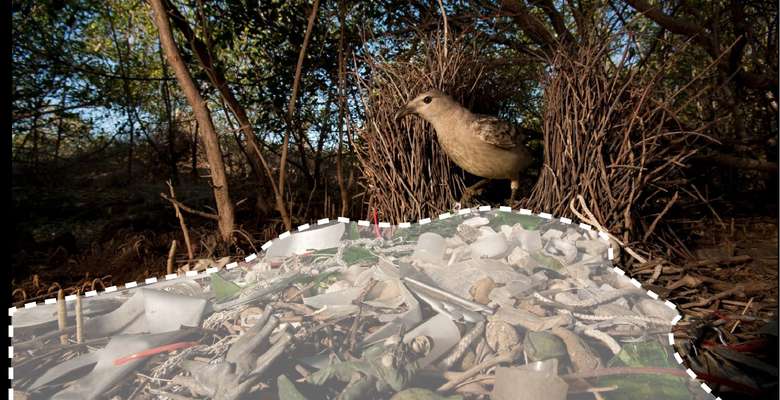
- New alliances
Architecture’s performativity relies upon its physicality. In the age of Anthropocene and the accompanied climate change, we witness a minimized distinction between architecture and nature. However, by focusing on human as the dominant force, the potentiality for a dialogue with the environment is lost. The project thus looks at the intersections of the two, where the artificial forces interact with the so-called natural ones via focusing on materiality – as the mediator and common condition for both.
We witness an erratic material transformation, where the breaking down of physicality gives birth to new materiality: Melting northern ice sheet turns into fresh water, mixing with polluted rivers and salt-watered oceans; Volcanic eruption induces lavascapes, burying fields and carrying away dwellings and possessions; Wildfire engulfs sites of manmade constructions, releasing a mixture of carbon dioxide and hazardous gases.
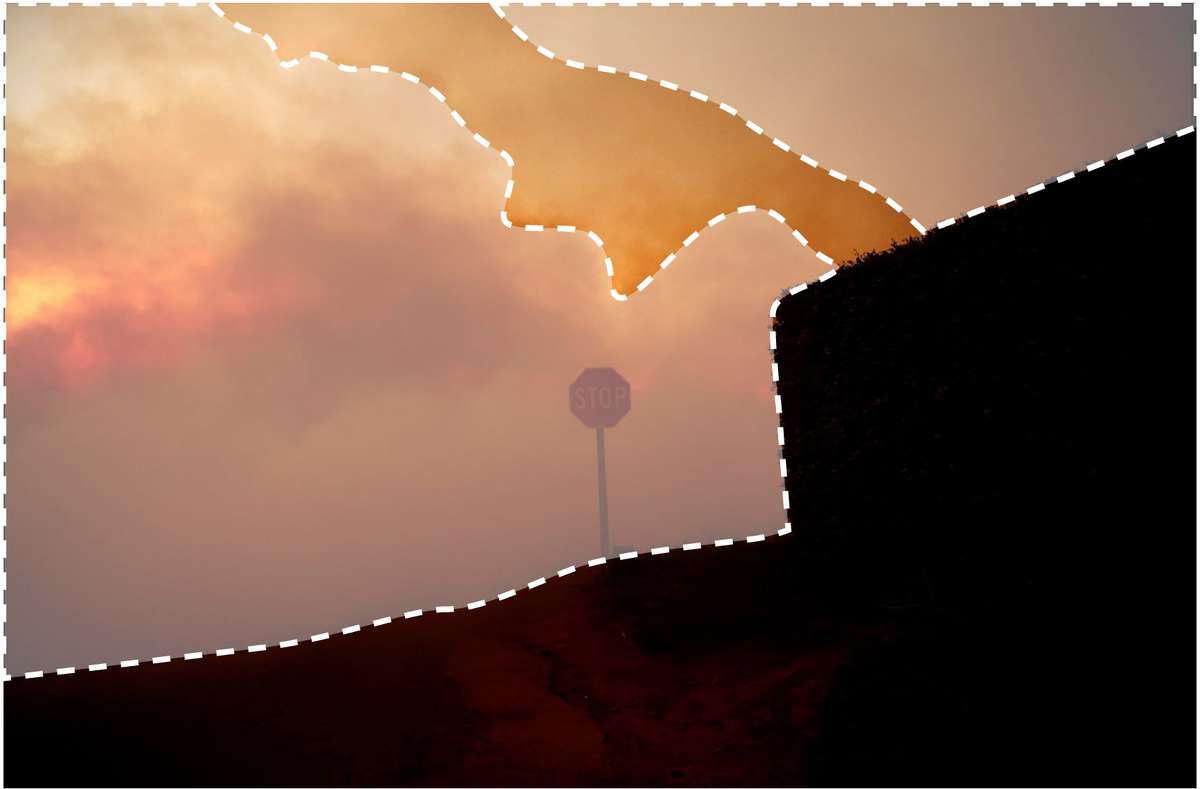
Image 1. The Woolsey Fire burns in Malibu, California. Base Image from National Geographic.
Could the very materiality among emerging architecture practices relate to the debris after hurricanes, plastic components in malnourished whales, or oil leakages after a shipwreck? The project is to experiment with a series of imaginary fictions, or an assembly of tales for the emergent material conditions in architecture.
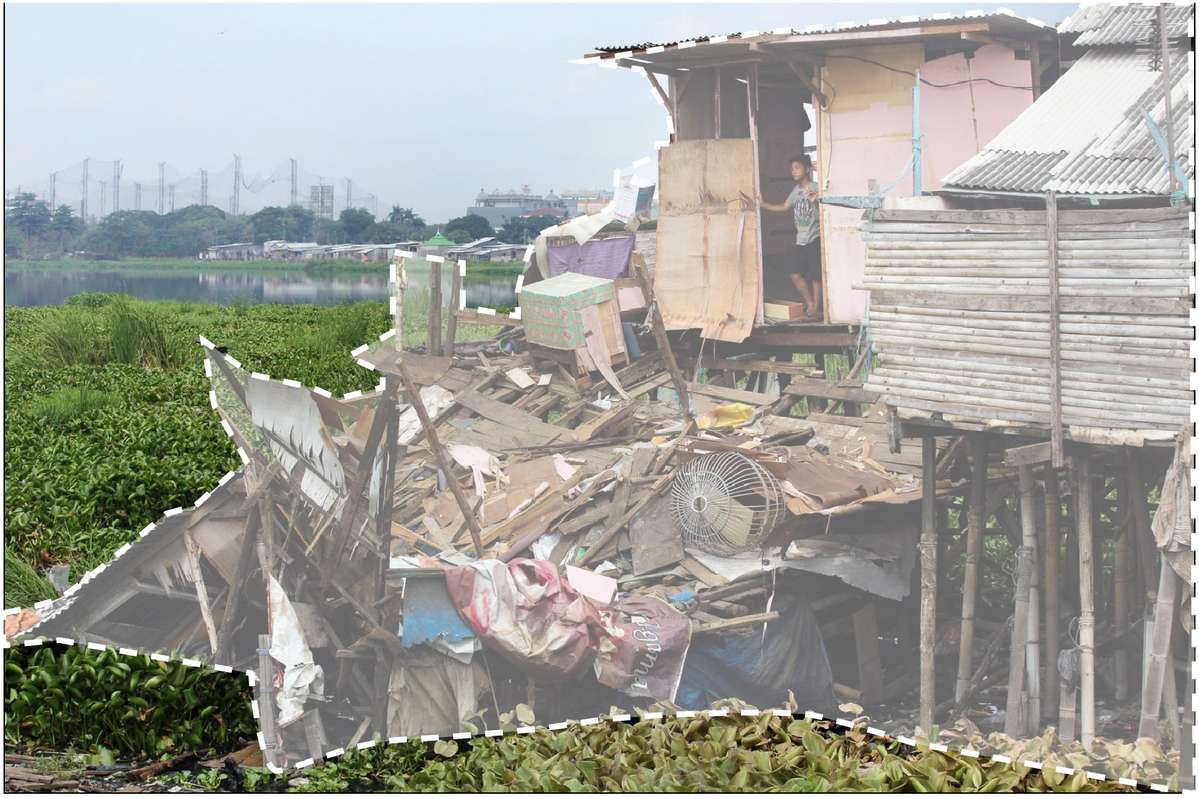
Image 2. A boy looks out onto a ruined home in a central Jakarta slum. The structure was destroyed in January 2013, when floods killed more than 20 people and displaced some 20,000. Base Image from National Geographic.
The intention is not necessarily futuristic, but with ideas of the future in mind. It intends to provide a relationship with the environment beyond nature-envying mimicry, resilient-city making, total-design strategy, crisis-ridden narrative and victimized salvation.
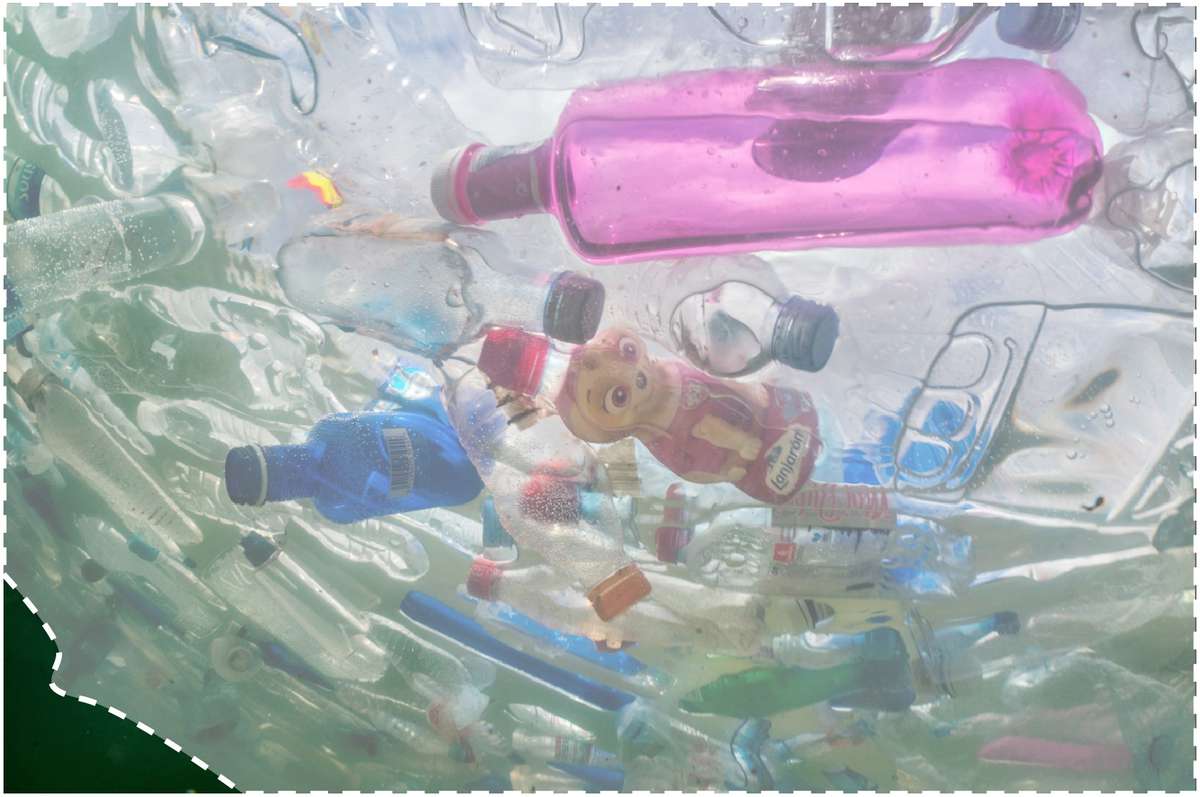
Image 3. Plastic bottles fill the famous Cibeles Fountain in Madrid during an exhibit that called attention to the environmental impact of disposable plastics. Base Image from National Geographic.
It calls for a different attitude toward contemporary environmental situations: they are to provoke new social actions sees new possibilities for contingency measures.
Volatile Matters
Volatile Matters

- New alliances
Architecture’s performativity relies upon its physicality. In the age of Anthropocene and the accompanied climate change, we witness a minimized distinction between architecture and nature. However, by focusing on human as the dominant force, the potentiality for a dialogue with the environment is lost. The project thus looks at the intersections of the two, where the artificial forces interact with the so-called natural ones via focusing on materiality – as the mediator and common condition for both.
We witness an erratic material transformation, where the breaking down of physicality gives birth to new materiality: Melting northern ice sheet turns into fresh water, mixing with polluted rivers and salt-watered oceans; Volcanic eruption induces lavascapes, burying fields and carrying away dwellings and possessions; Wildfire engulfs sites of manmade constructions, releasing a mixture of carbon dioxide and hazardous gases.

Image 1. The Woolsey Fire burns in Malibu, California. Base Image from National Geographic.
Could the very materiality among emerging architecture practices relate to the debris after hurricanes, plastic components in malnourished whales, or oil leakages after a shipwreck? The project is to experiment with a series of imaginary fictions, or an assembly of tales for the emergent material conditions in architecture.
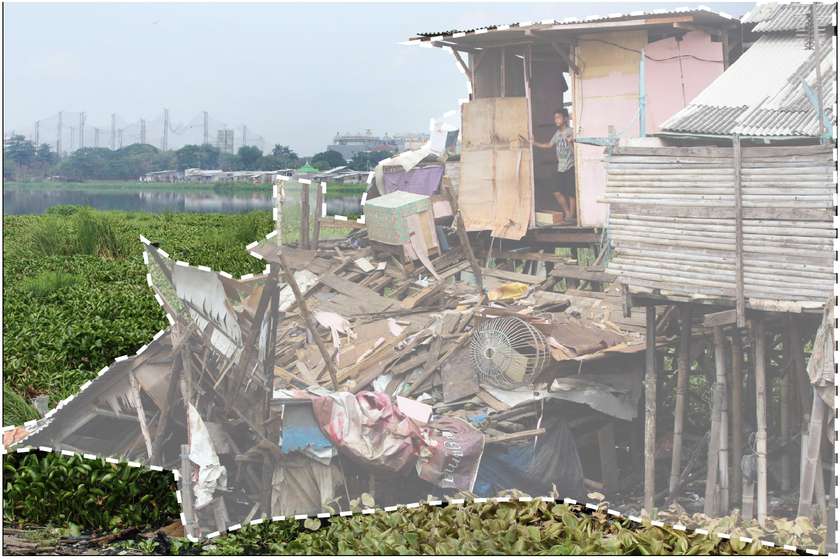
Image 2. A boy looks out onto a ruined home in a central Jakarta slum. The structure was destroyed in January 2013, when floods killed more than 20 people and displaced some 20,000. Base Image from National Geographic.
The intention is not necessarily futuristic, but with ideas of the future in mind. It intends to provide a relationship with the environment beyond nature-envying mimicry, resilient-city making, total-design strategy, crisis-ridden narrative and victimized salvation.
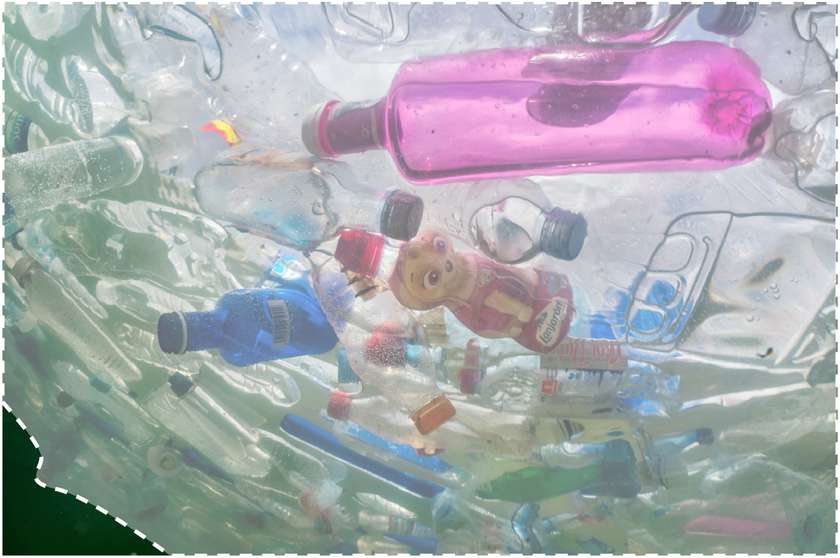
Image 3. Plastic bottles fill the famous Cibeles Fountain in Madrid during an exhibit that called attention to the environmental impact of disposable plastics. Base Image from National Geographic.
It calls for a different attitude toward contemporary environmental situations: they are to provoke new social actions sees new possibilities for contingency measures.